Other History Lessons posts can be found here. You should read my first post about Daggerfall before proceeding. Also, as always, you may click on images to view larger versions.
In part 1, I discussed Daggerfall’s absolutely massive open world, filled with thousands of towns and dungeons, with players free to travel in any direction they wish. It lends an incredible sense of scale to the game, but shows its limitations all too soon, lacking many ways to meaningfully interact with that world. I was left wishing for a modern game to take inspiration from Daggerfall and build a similarly vast world that has a little more to find in it. Let players travel the land, work for different kingdoms and duchies that are vying for power in the region, and stumble upon cool places in the countryside. In short, a game that would capture some of Daggerfall’s early magic.
But there are two things about Daggerfall that remain compelling even after the world loses its charm: designing and growing a character, and following the main story. Let’s tackle those in order.
The idea that a character’s skills should improve with practice, rather than from experience points earned by killing enemies, is central to the Elder Scrolls series. But Daggerfall was the first game to feature it. The marketing for the game made a big deal out of it, even though over in Japan Final Fantasy II had a similar idea years earlier, and both games may have been inspired by Chaosium’s Basic Roleplaying ruleset for tabletop role-playing games. In Final Fantasy II, however, all skills are related to combat or magic, whereas Daggerfall features a wider range of skills that covers more peaceful endeavors too. Things like Running, Climbing and Lockpicking are skills that don’t require fighting anything, and with them comes the promise of freedom to pursue a more peaceful life. As I discussed in part 1, that’s not really possible, but it’s nice to be able to indulge in some other activities in towns, between all the dungeon delving.
Character creation has been getting simpler with each Elder Scrolls game. In Skyrim, there isn’t any explicit character creation at all, beyond choosing race, sex, and appearance. Players are simply dropped into the game, and can start developing their character any way they want by choosing which of the 18 skills to use. Things are much more involved in Daggerfall. Not only does Daggerfall have a whopping 35 different skills characters can use and train, it also gives each character a set of eight attributes (Strength, Speed, etc.). A character’s ability to perform in-game tasks is decided through these skill ratings and attributes. Of the 35 skills, each character will have three primary skills, three major skills, and six minor skills, with the rest falling into the “miscellaneous” category. To top it all off, there are a set of special advantages and disadvantages that a character may have, from things like an inability to use certain items or reduced spellcasting ability in the dark, to resistance to certain types of spells or an increased reserve of spell points.
In Daggerfall’s predecessor Arena, players chose from a list of classes like Archer or Battlemage when creating their characters. Those classes return in Daggerfall, in the form of pre-set selections of skills, attributes, and advantages/disadvantages, with a whopping 18 to choose from. But the real joy of character creation comes from making one’s own custom class. This lets players freely choose their skills, and since characters level up by practicing their skills, this choice dictates how one will play. There are so many possibilities! Five different weapon skills let players choose how they want to fight. Spells are divided into six different schools, each with their own skill, so aspiring mages can decide whether they want to focus on healing, destructive magic, utility spells like levitation or water breathing, or a combination of the above. Those inclined towards thievery might focus on Lockpicking, Pickpocketing and Stealth, aiming to level up by robbing shops. Players who want an agile character might rate Running, Jumping, and Climbing highly. There are even nine separate language skills, like Centaurish and Orich, that can sometimes pacify those creatures. Language skills aren’t very useful in practice, but one could theoretically design a linguist character who aspires towards pacifist adventuring.
Back in 1996, I found Daggerfall’s magic system daunting, so I just made a pure fighter character. This time, I wanted to try something different, so I thought of combining two broad styles I never dabbled in back then: thievery and magic. There’s actually a preset class, the Nightblade, that’s geared towards this already. Nightblades use Illusion magic to turn invisible and sneak around, while fighting enemies with short blades. I ended up making a custom class that’s very similar to a Nightblade because I wanted to shuffle some skills around, emphasizing the Backstabbing skill a bit more. I figured I could turn invisible, sneak up on enemies, and stab them in the back for a stealthy kill.
As with most things in Daggerfall, this is hard to execute early on, when skills are still untrained. I started the game with a Chameleon spell, the weakest invisibility spell, which ends as soon as the caster attacks something. So it was hard to land any backstabs, especially so because my Backstabbing skill was still low. My first task was to obtain a “true invisibility” spell, which would not expire when I engaged in combat. There’s no such spell offered for sale by default, it can only be created with the Spellmaker at the Mage’s Guild. That meant I had to join the Mage’s Guild and gain rank until I could access the Spellmaker, but fortunately that didn’t take too long. When I obtained my true invisibility spell, I headed out on a quest with renewed excitement.
This was where my character design started to come together, but also where I ran into problems. Whenever I encountered an enemy in a dungeon, I would turn invisible and attack them from behind, and I finally started landing backstabs for high damage. It was great! Right up until my weapon broke. Daggerfall models weapon and armor degradation, but usually this is very slow. Before, I’d been able to fight my way through a dungeon or two without needing repairs, but now I barely fought a dozen enemies before my blade snapped in half. What was going on? Turning to the internet, I learned that Daggerfall calculates weapon degradation based on how much damage is done. Land a hit for a ton of damage — like a backstab — and one’s weapon will degrade quickly. On top of that, short blades tend to have low durability, breaking more easily than other weapon types. The combo was debilitating.
I considered starting over with a character who used larger weapons, but that didn’t fit what I was going for. I also worried they might still break, given how big many of the dungeons are. But I did realize that a perfect pairing for the Backstabbing skill is the Hand To Hand skill. One’s feet and fists never break, after all. And unarmed fighting, paradoxically, is effective against all enemies, even those who are immune to weapons made of mundane materials like iron or steel. Werewolves, for example, can only be damaged by weapons made of silver (or more advanced materials), but unarmed attacks damage them just fine. These thoughts led me to revisit a character idea I’d tried in Oblivion: a sort of kung fu wizard, who fights with fists and magic. So I decided to start over with a new character who eschewed weapons and armor, but was fond of invisible unarmed backstab attacks, and dabbled in a bunch of other magic besides.
This character was super fun. Once she got her true invisibility spell, she dispatched enemies easily with a flurry of punches and kicks while they remained unawares. The main challenge came from enemies who can see invisible things, like the undead. Some of these I just straight up fought, because unarmed combat is actually highly effective once the skill is trained, but for others I tried using a paralyzing touch spell. This was unreliable, however, and the spell drained a big chunk of my spell points.
I was a bit disappointed with magic in general, in fact. I’d hoped to use all sorts of cool spells in different situations, but many spells simply require too much spell points to cast unless the relevant magic skill is at very high level. When creating my character I’d taken the special advantage that grants a larger spell point pool, which I had to balance out by disadvantages that forbade using armor. Even so, I couldn’t cast many of the more advanced spells. And unlike later games in the series, spell points only regenerate when resting. Players who are hoping to hurl fireballs at every enemy they see will be disappointed.
Mostly, however, I found that those spells weren’t necessary. My invisible martial artist was highly capable without them. The downside was that every fight played out the same way, and since I wasn’t using armor or weapons I was less excited by all the loot I found in my forays. I just lugged it all back to my cart and then sold it off in town. I bought a very expensive ship, which was cool, and I could have saved up to buy a house, but ended up losing interest. Inevitably, my mind turned to other possible characters I might play instead. I could return to the thief concept, but embrace heavy armor and weapons as more of a fighter-thief hybrid. Or something like a paladin, who uses Restoration magic to heal and bolster strength while battling enemies. Even a scholar type who tries to avoid combat could be cool to try.
I ended up sticking with the same character, though, because I was enjoying following the main story line in Daggerfall. The main stories in Elder Scrolls games are famously optional, and in later entries like Oblivion and Skyrim many players would simply ignore them in favor of guild quest lines or just wandering the world. That’s what I did the first time I played Skyrim, in fact. Partly this is because the writing for these stories isn’t that great, falling back on generic world-ending-threat tropes. The story in Daggerfall is totally different, however, not just in what it’s about, but in how it’s delivered.
The game opens with a full motion video cutscene that I remembered well, in which the Emperor of Tamriel explains the player’s secret mission. King Lysandus of Daggerfall, a loyal friend to the Emperor, recently died in battle against the rival kingdom of Sentinel, and now his restless spirit is haunting the capital city of Daggerfall. The emperor wants to know why, and to find some way to put his soul to rest. Oh, and also there was this letter that the Emperor sent to Lysdandus’ queen, but it never arrived. He’d really appreciate it if we could find that letter and destroy it. Naturally, this letter is far more important than the emperor lets on. Nevertheless: there are no world-ending threats here. Daggerfall tells a tale of political intrigue, dark secrets, and power struggles among the empire’s less loyal subjects. Fittingly for such a story, it tells it through secretive missives and cryptic letters.
In Oblivion and Skyrim, it’s always clear what must be done next in the main story (or in any quest, for that matter), with a quest marker on the map showing players exactly where to go. Not so in Daggerfall. Upon escaping the starting dungeon (players wash up there after a storm destroys their ship), I had no direction whatsoever. I was free to wander where I pleased… but soon enough, while walking through a town, a message popped up informing me that someone had just handed me a letter. It’s from one of the emperor’s agents in the region, telling me to go meet her. Upon doing so, however, she gave only vague guidance to investigate the courts of the most powerful kingdoms in the area: Daggerfall, Sentinel and Wayrest. Since players start in the kingdom of Daggerfall, that seems like a logical place to start, but visiting the palace only yields a few leads. Many players might even miss them entirely.
Daggerfall’s story is not a linear series of quests as it is in later games, but rather a set of story arcs, many of which can be undertaken independently and some of which are actually optional. Much of the time, players will find themselves unsure of what to do next, only to receive another letter after some time has passed that offers a new task or clue. There’s downtime built in to the structure of the story, encouraging players to head off and do their own thing, because who knows when the next letter will arrive? Some won’t appear until players reach a certain level, others require that earlier quests be completed first… it’s very possible, even likely, that players will complete some of the arcs and then get stuck, not realizing that there’s that one person they should have talked to in a back room in one of the palaces. I had to turn to a guide on multiple occasions to find what I was missing.
But what a fascinating design! Early story arcs reveal some secrets and machinations among the political powers in the Iliac Bay, and hint at nefarious plots that may have been set in motion. Most of the important figures play their cards close to their chest, revealing little tidbits of information only after players have done some task for them. Slowly piecing together recent events, and the secret maneuvering that’s happening now, is a joy. The story also meshes well with Daggerfall’s massive world. There are many factions invested in the outcome, and players can actually lock off certain quests if they anger the wrong people. Some of those factions operate in secrecy, arranging meetings in small villages, or in their own hideaways somewhere out in that vast wilderness.
Like everything in Daggerfall, the main story sends players into some of its labyrinthine dungeons, but most of these were at least partially hand-designed and are therefore much more interesting to explore. There are still warrens of twisting passages like there are in a thousand other dungeons, but these intertwine with special locations that are all the more exciting for their rarity. Perhaps there’s a huge ravine cutting through the dungeon, filled with dangerous creatures. Or a massive chamber with a drawbridge. Or a huge multi-floor tower. Some dungeons house nefarious puzzles that unlock secret vaults, while others are full of hidden doors and other tricks. Most of these places contain some of the tougher enemies in the game, who are rarely seen elsewhere, so they’re interesting and challenging to battle through as well.
There are some weak points, like a few important characters who reside deep within some of these dungeons and who must be visited multiple times over the course of the game. And I definitely needed the help of a walkthrough to find which story arcs I was missing, and to find my way through some of the trickier dungeons. But playing through Daggerfall’s main story is compelling, especially when compared to the writing in later Elder Scrolls games. Those are more streamlined, sure, but something was definitely lost by embracing more traditional chosen one tropes. My character in Daggerfall was simply an Imperial agent, trying to navigate a complex political situation, not some prophesied hero. I’d love to see Bethesda return to these more political stories, with players able to affect the outcome.
But I suppose some streamlining was inevitable. It’s far too easy to get stuck or hopelessly confused while following Daggerfall’s story, and as I discussed in part 1, players soon found its massive world and huge dungeons boring. Bethesda narrowed the focus for the next game, Morrowind, carefully designing its entire world by hand, resulting in a game that many consider the best in the series. It helps that its setting is deeply strange, full of giant mushrooms and strongholds carved from the shells of huge crabs, and that its story has a lot of twists and turns. I missed it on release, due to bad timing with other things happening in my life, but enjoyed it years later when I finally played it. Maybe I’ll revisit it one day for an eventual History Lessons post.
Daggerfall, however, remains the Elder Scrolls game that’s most special to me. For all its faults, there’s still some magic in its audaciously huge scale and its array of possible character builds. I hope more people try it, because I’d love to see some of its ideas make their way into more modern games. Thanks to the Daggerfall Unity project, playing it is easier than ever. The team has even updated it since I played, adding things like an in-game tutorial (so you don’t need to read through the hefty manual first if you don’t want to) and improving the UI. Maybe give it a spin, you might enjoy getting lost in the Iliac Bay for a while.

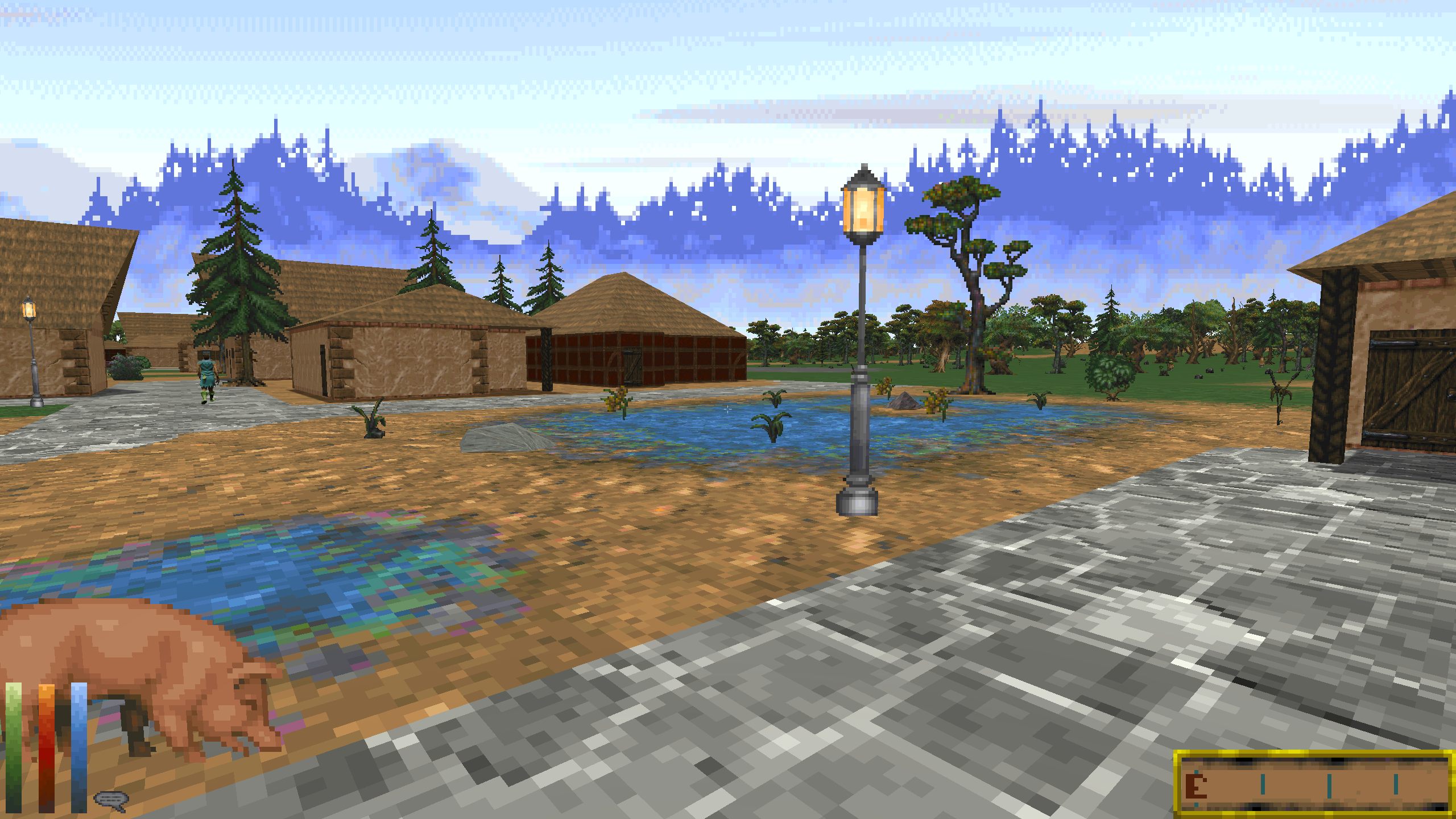
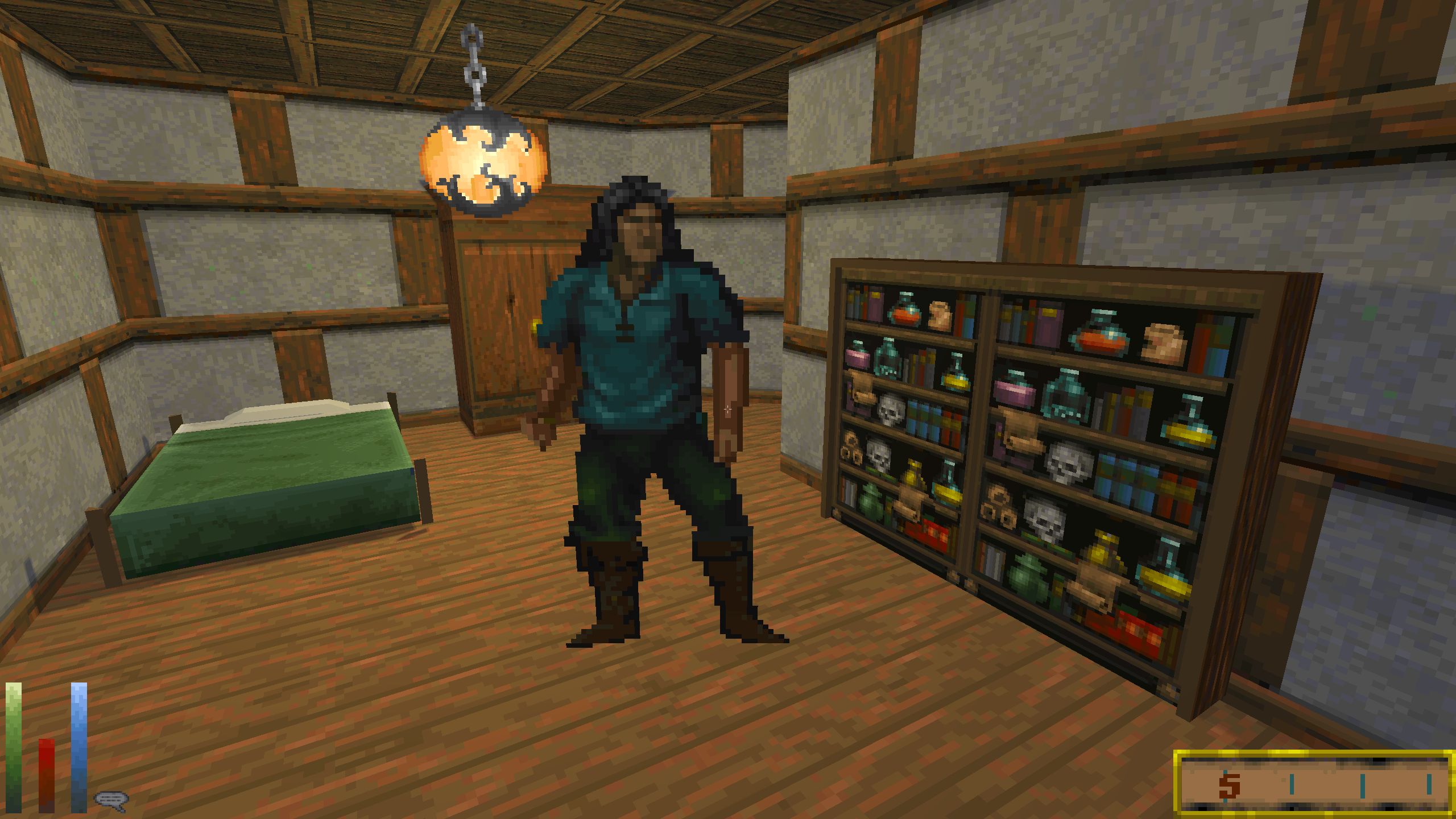
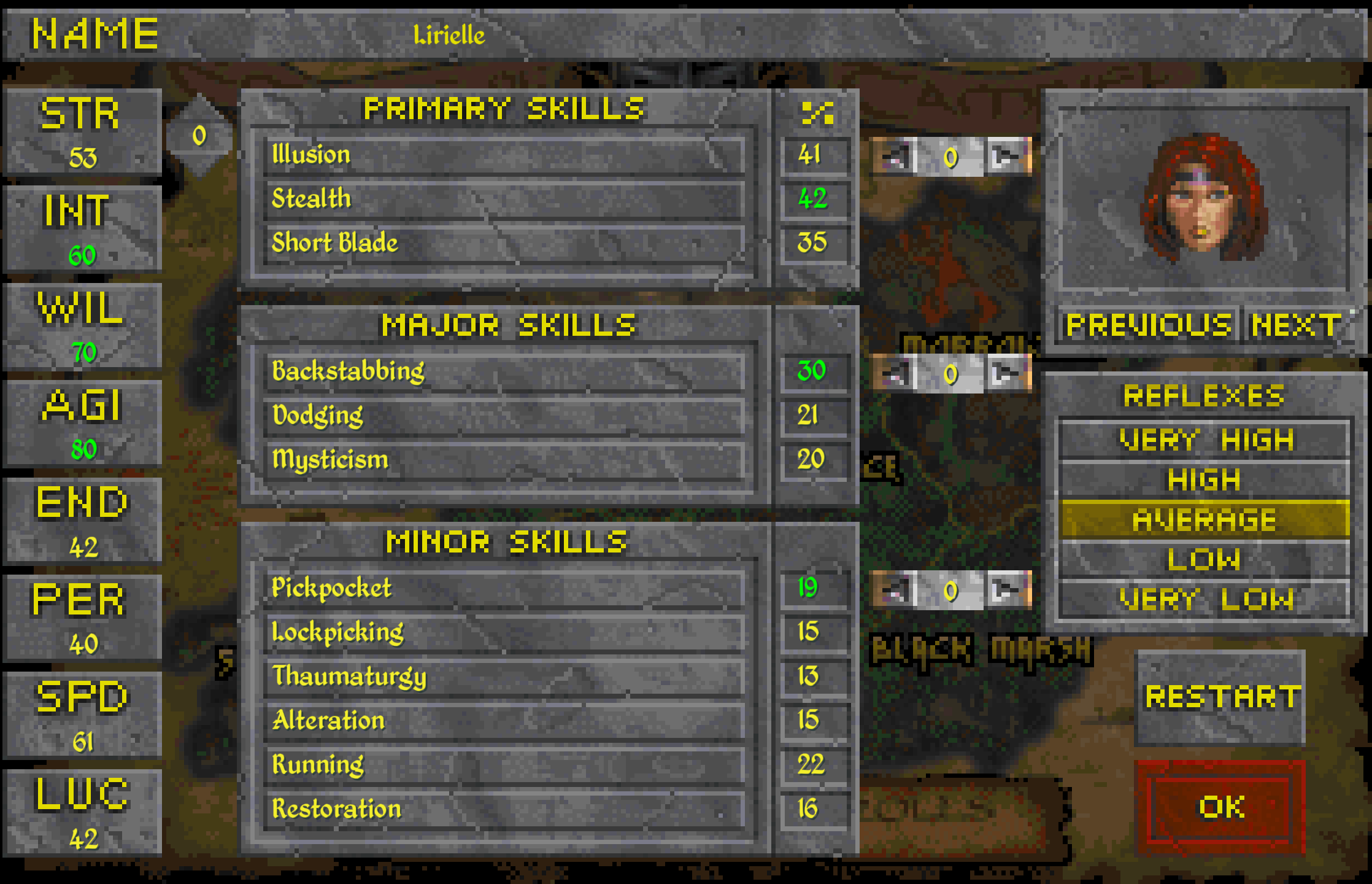
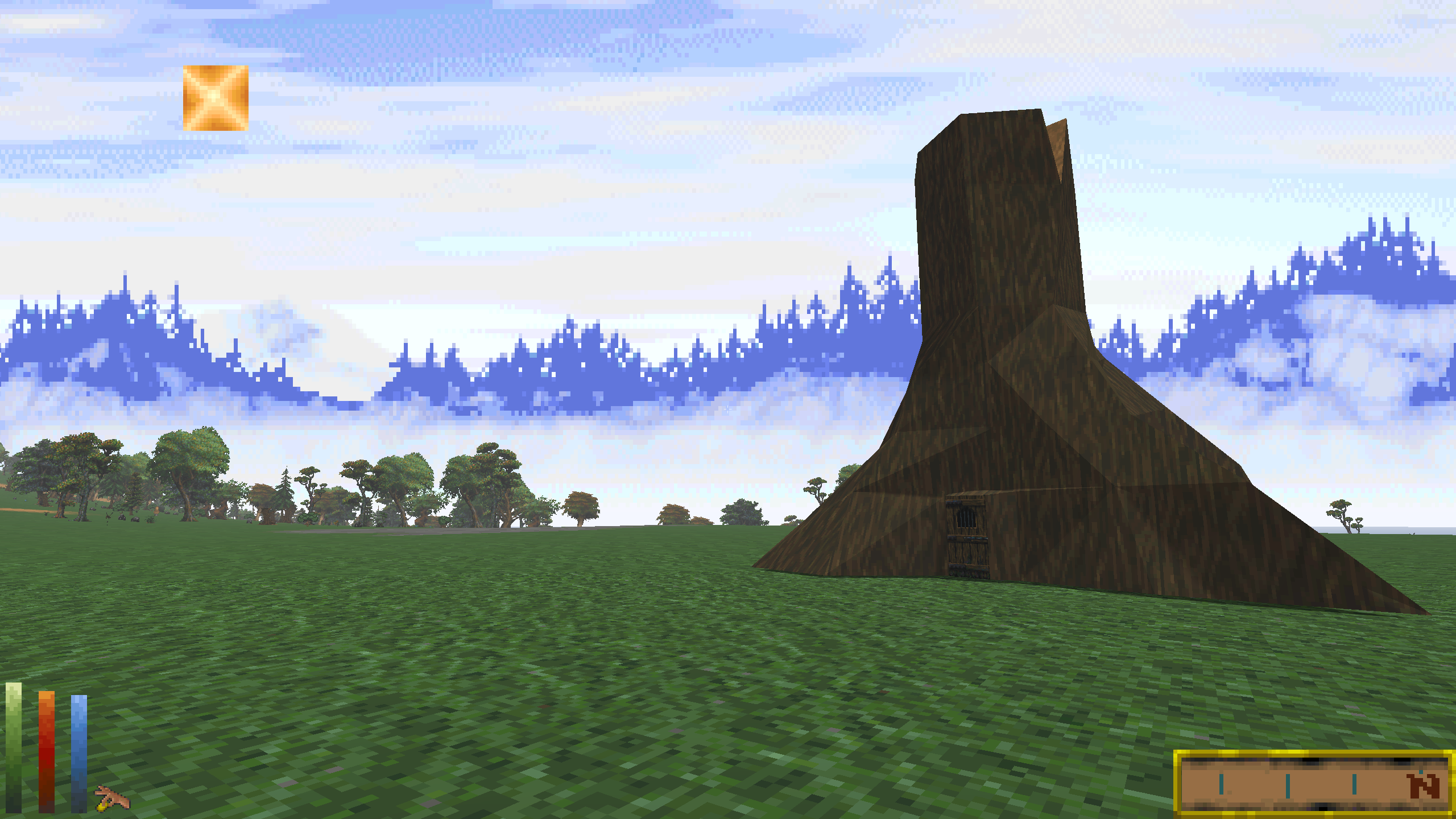
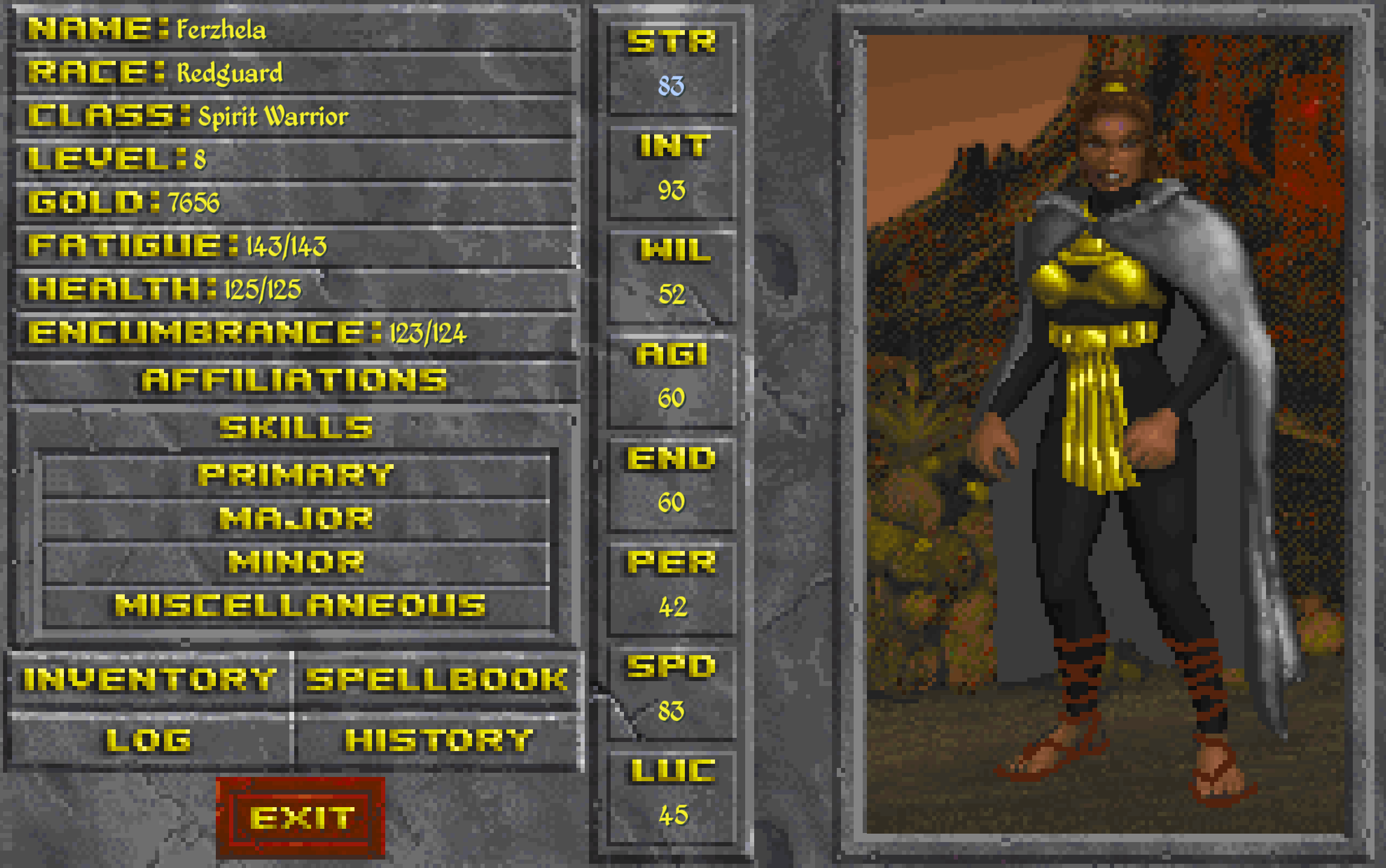
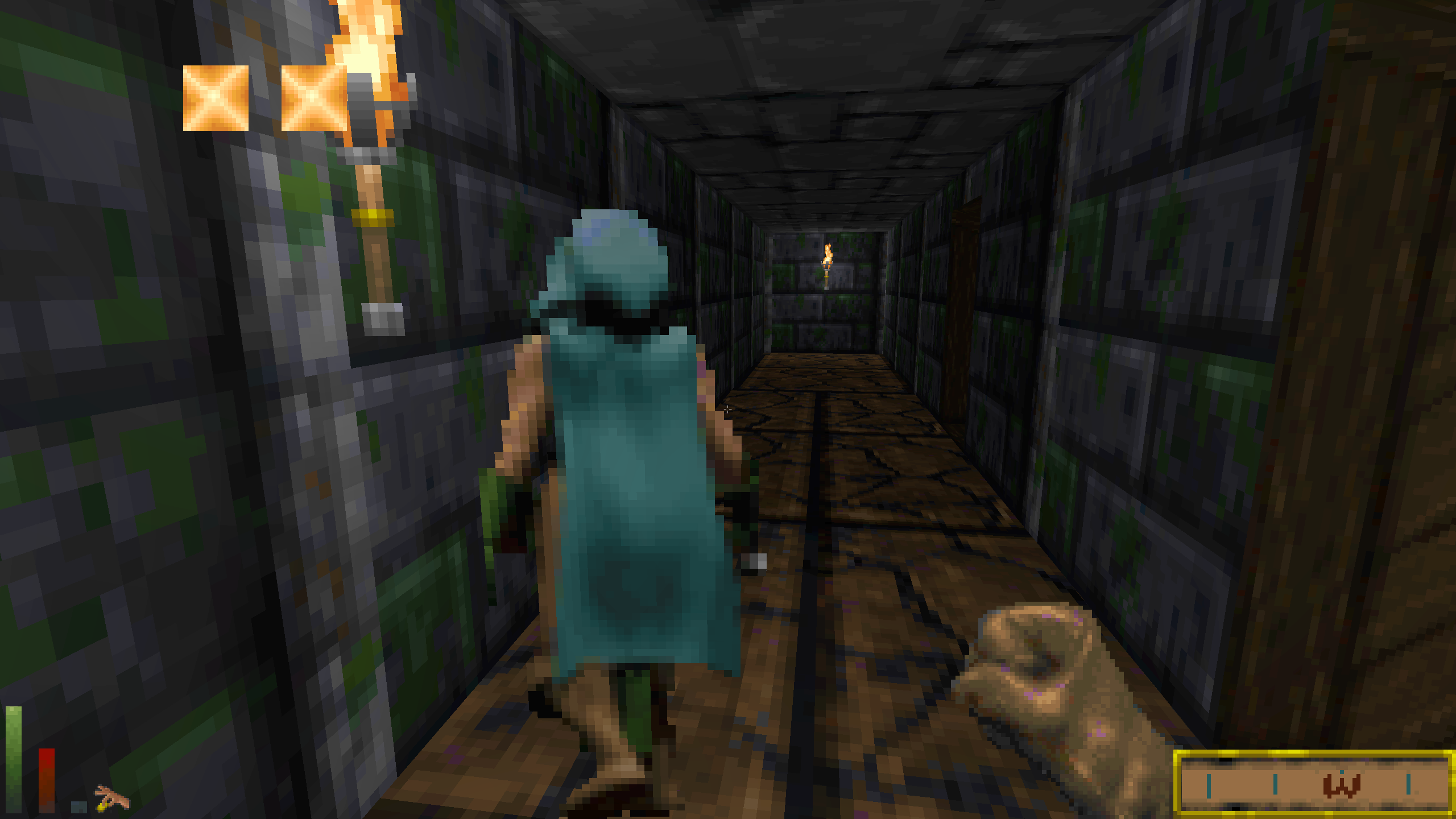
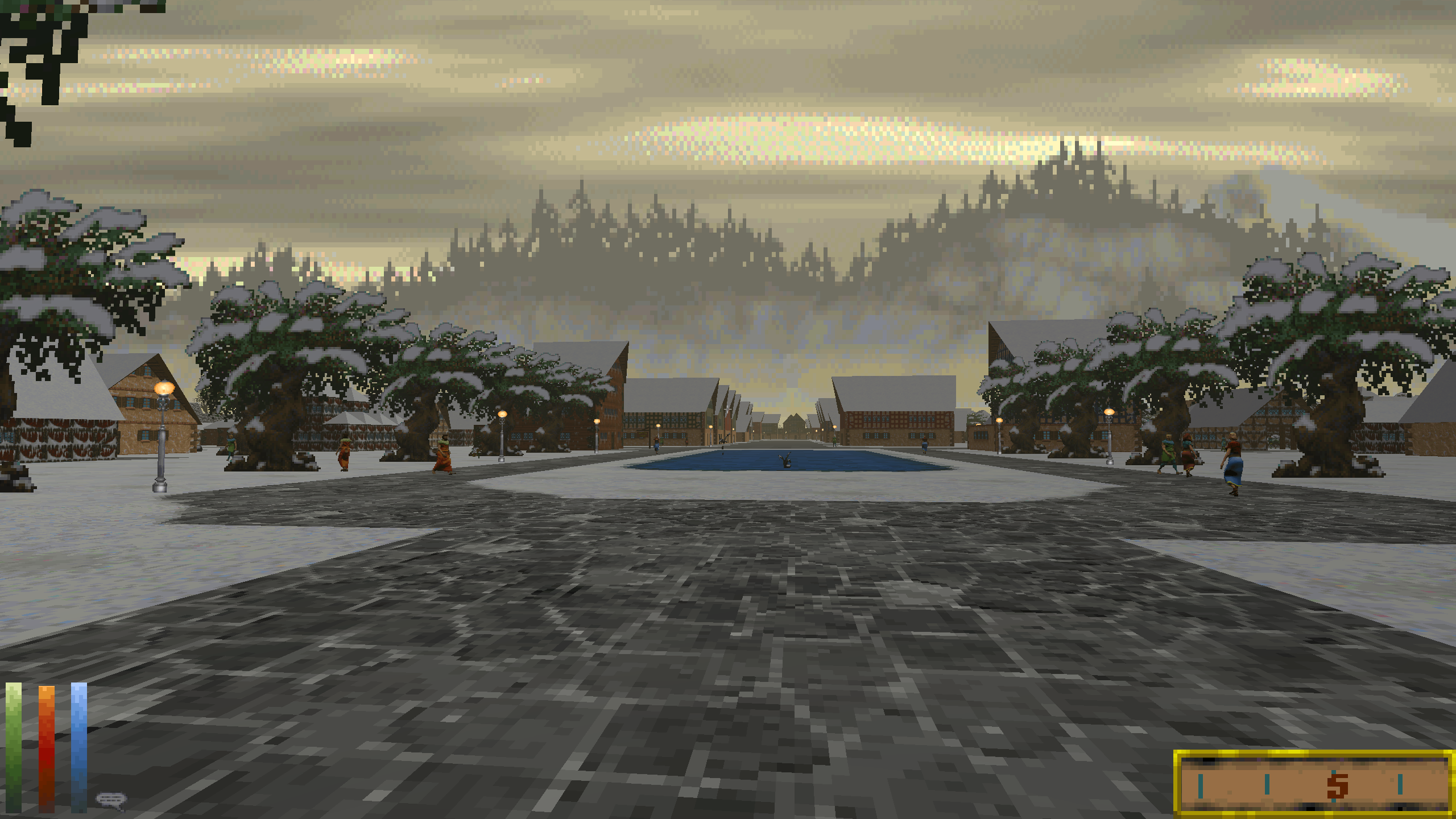
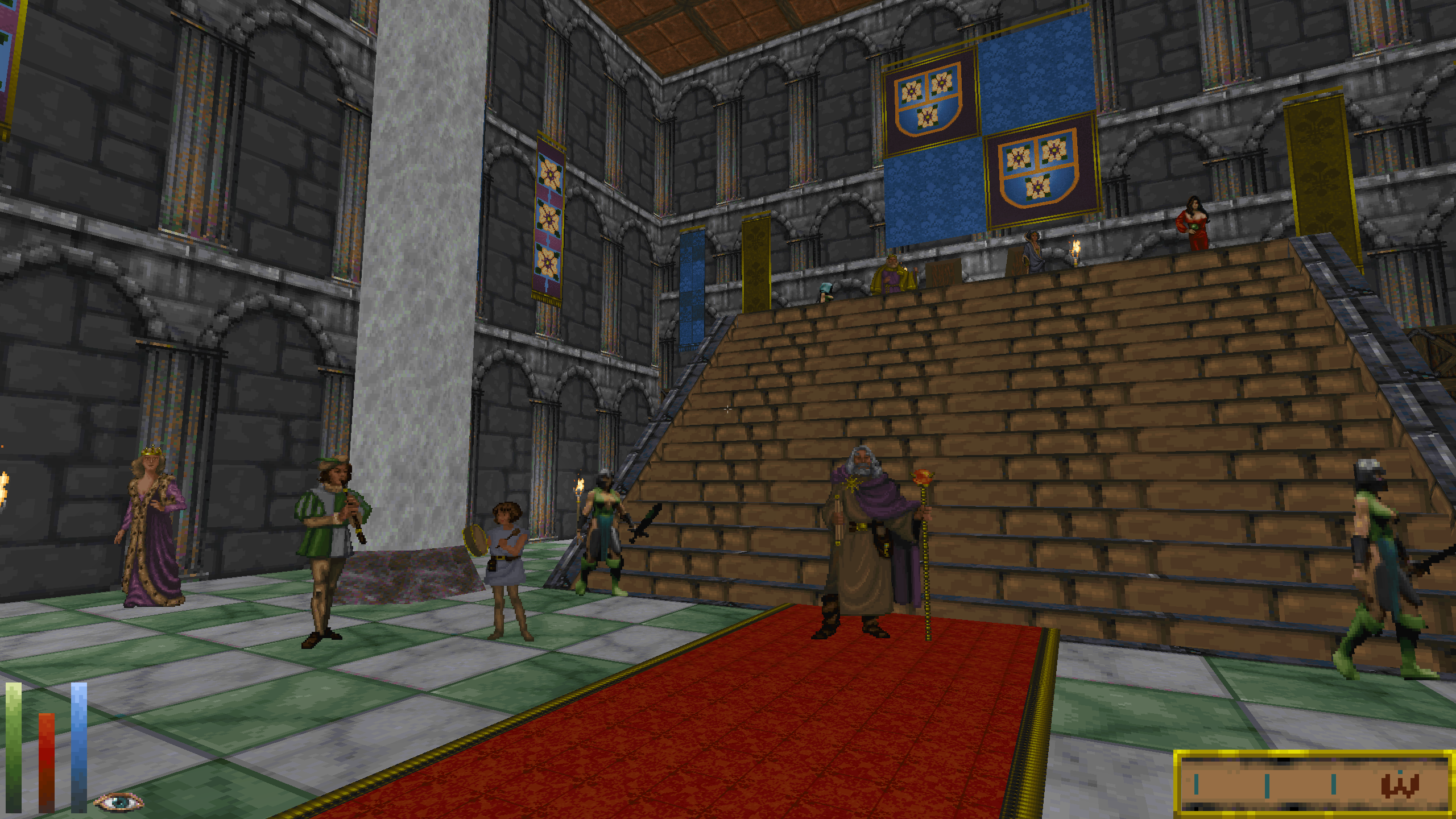
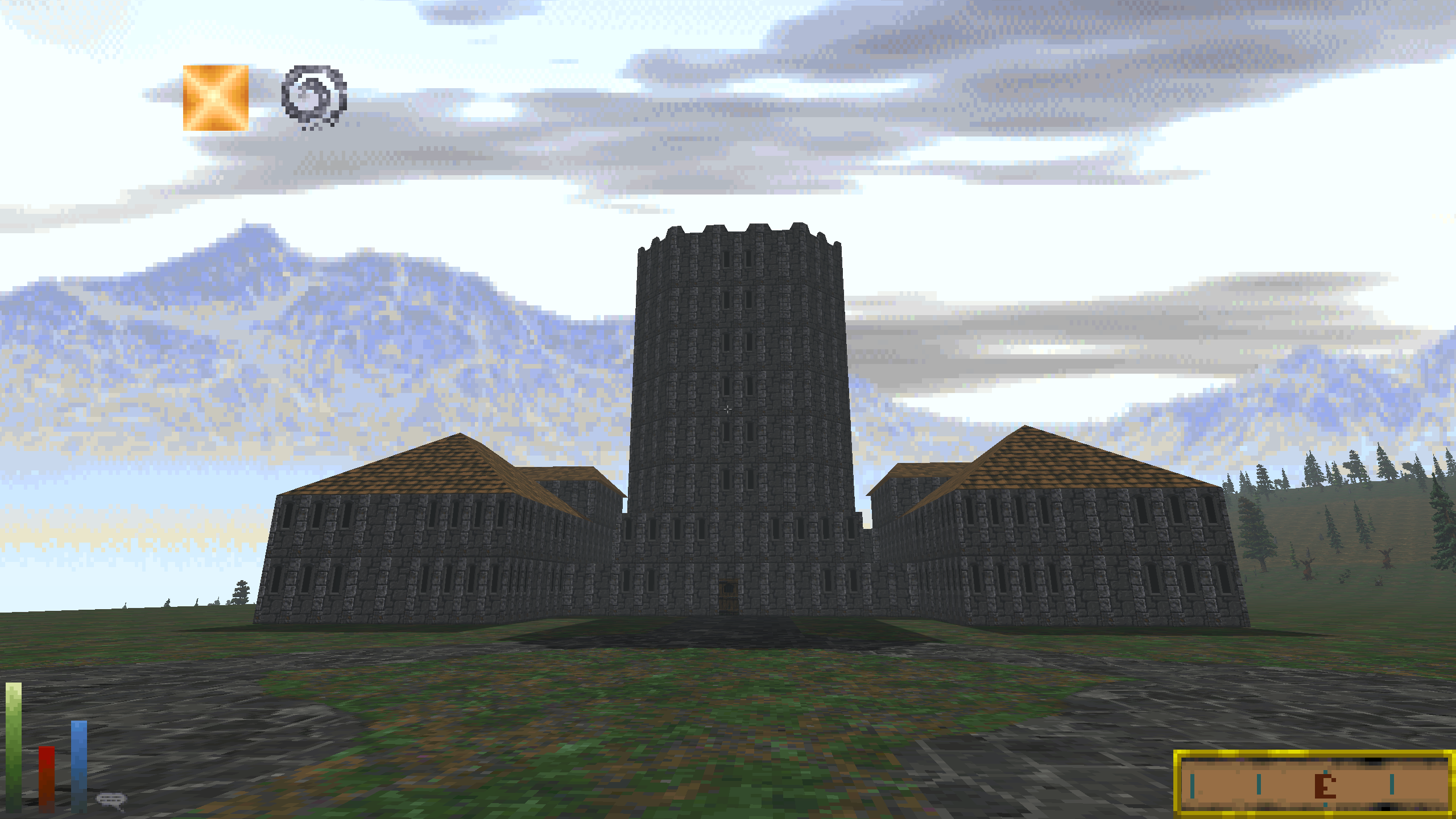
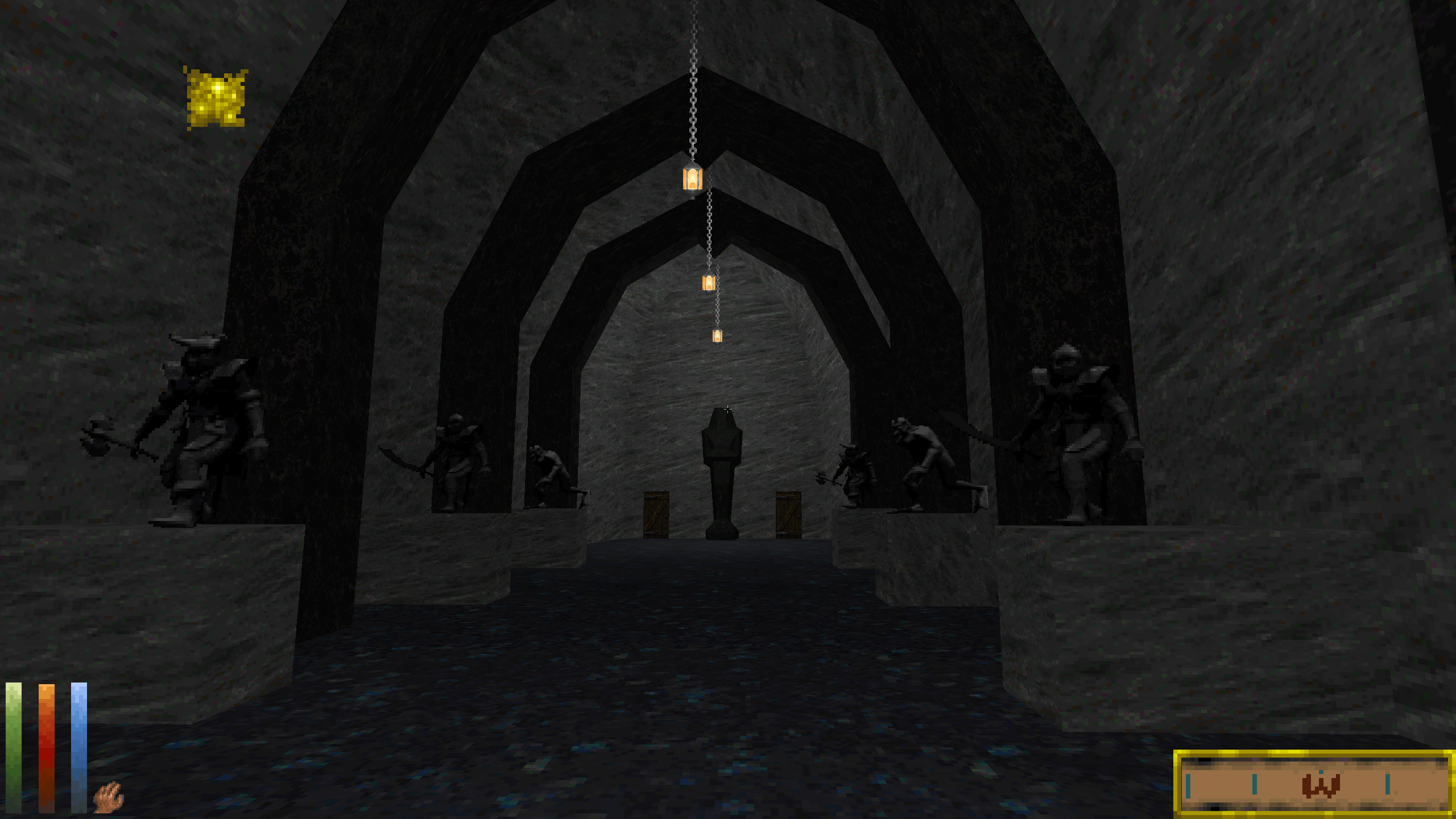
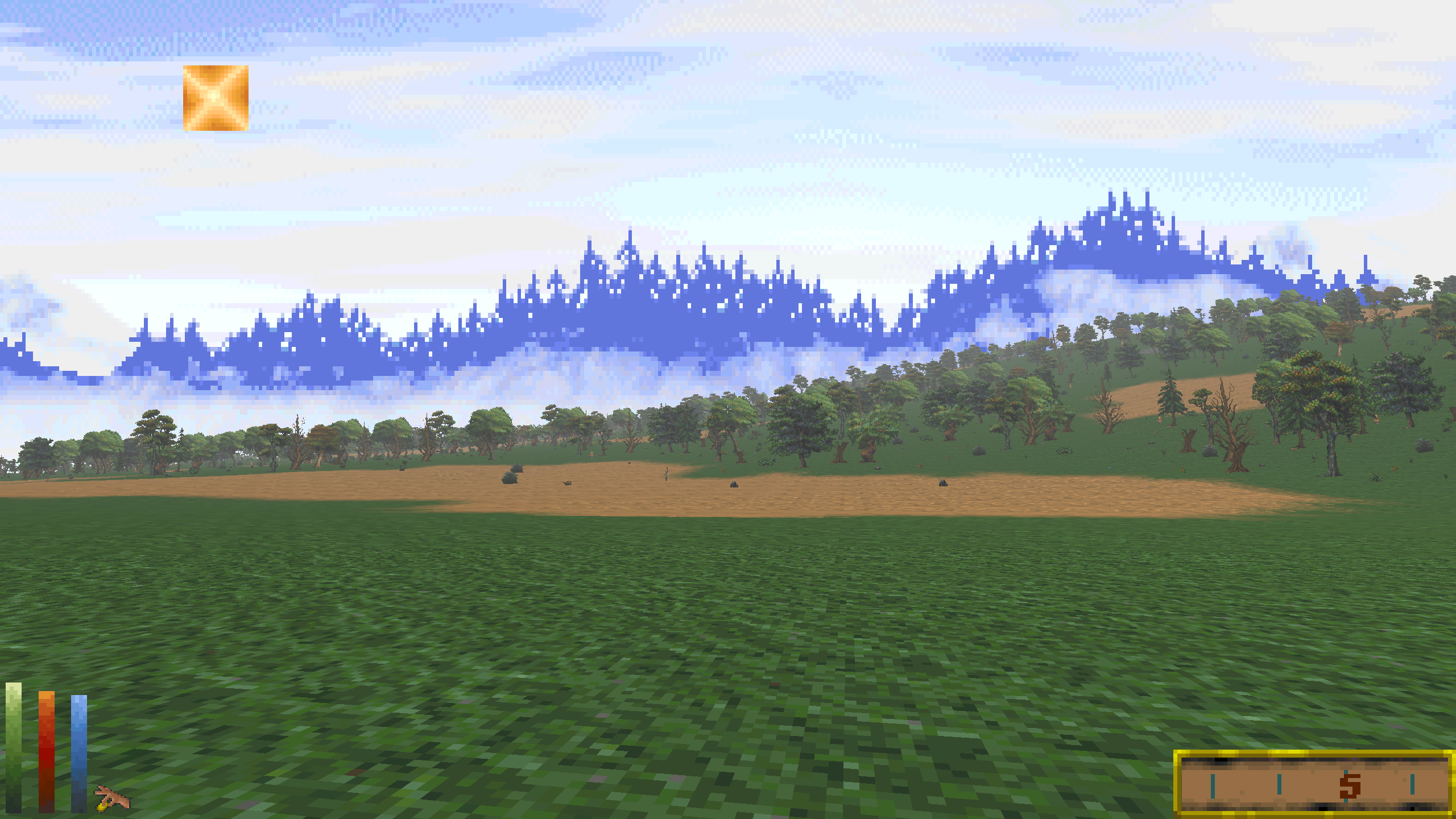
Leave a Reply